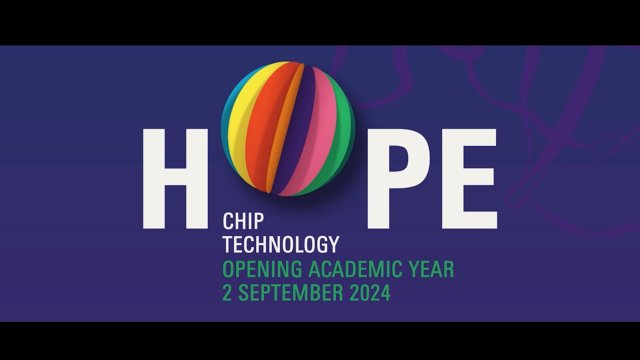As every year, graduation prizes have been awarded during the Opening Academic Year. One master's student from each faculty received a certificate and a cheque for €1000 for the best master's thesis of the past year.
Faculty of BMS – Benjamin Jabold
Benjamin Jabold wrote two master's theses, both for his studies in Psychology and Philosophy. In his first master’s thesis in Psychology, he researched the social identities of radical right-wing populist voters across Europe to better explain why people vote for such parties. While previously, scholars consistently argued that anti-immigrant sentiments were the strongest predictor for radical right-wing populist party voting, his research demonstrated that there are subgroups of radical right-wing populist party voters characterized respectively by racism, protest voting, or racism and protest voting, or combinations of these with economic dissatisfaction. The results of his research are important because they enable us to better fight the rise of radical right-wing populism and fascism across Europe, by tailoring interventions to specific subgroups of voters.
In his second master’s thesis in Philosophy, he researched possible roles for communities in the sustainability transformations of cities. He demonstrated that so-called green growth cannot fulfil its own normative aspirations as economic growth in one region driven by so-called green technologies, such as e-vehicles, causes pollution, land conversion, and biodiversity loss in another region and harms the human development aspirations of the most vulnerable. He argued that degrowth, which is the equitable restructuring and downscaling of economic activity, is necessary and feasible if it builds on existing counterhegemonic praxes in cities and he thinks we should start implementing it in Enschede now.
Faculty of EEMCS – Michael Bui
The prognoses following hip fracture surgery in older adults are poor, with up to one-third dying within one year and 29% facing lifelong disabilities. Michael Bui’s research focused on when to avoid surgical overtreatment in patients with a limited life expectancy, and how to improve functional outcomes in patients with longer lifespans.
In the first part of his thesis, he analysed evidence from 33 studies to find the strongest risk factors for early death to better identify high-risk patients. To determine the best course of action for patients with a combination of these risk factors, he asked surgeons to recommend either surgical or non-operative treatment to hypothetical patient cases. He then statistically modelled their choices to provide expert-driven decision support for when to abstain from surgery.
In the second part of his thesis, he developed a machine learning model to monitor patients’ physical activity automatically and continuously, to help clinicians intervene faster when suboptimal recovery is suspected.
Faculty of ET – Sem Geerts
During summer droughts, salt can penetrate inland into freshwater systems through open waterways, leading to problems for drinkwater extraction, industry and irrigation. Sand dunes are large-scale underwater bed forms of around 2 meters in height that form due to the water flow. In his research, Sem Geerts investigated the influence of sand dunes on this salt intrusion.
Using a computer model, results show that larger and steeper dunes tend to decrease the intensity of salt intrusion. This suggests that sand dunes can be used as a Nature-Based Solution to mitigate salt intrusion, possibly by new dredging strategies that preserve or form these natural bedforms.
Faculty of ITC – Jana Lim
The research of Jana Lim focused on improving the prediction of rainfall-induced landslides using a deep learning framework. Current Landslide Early Warning Systems (LEWS) rely on aggregated rainfall measures and ignore terrain characteristics.
Similar to how Siri processes voice commands, Jana’s model treats rainfall as a continuous signal and is processed by a neural network that is used in speech recognition. This information from the rainfall signal is combined with terrain characteristics and ultimately used to make predictions. Her experiments showed that this method led to better predictive performance compared to conventional methods that use aggregated rainfall.
Faculty of S&T – Loes Kleinsmit
Olivine is a mineral commonly found in the Earth's crust. The mineral can enter into a chemical reaction with carbon dioxide, converting the greenhouse gas into useful (building) materials. In Loes Kleinsmit’s research, she tried to find out how to make this reaction as efficient as possible. She studied the reaction with microreactors; these are very small chemical reactors in which you can follow the reaction closely, using a microscope, for example. During her master thesis, she designed and manufactured the microreactors in the MESA+ Cleanroom lab at UT. She also devised a measurement method with which she can hopefully study the reaction with great accuracy.






